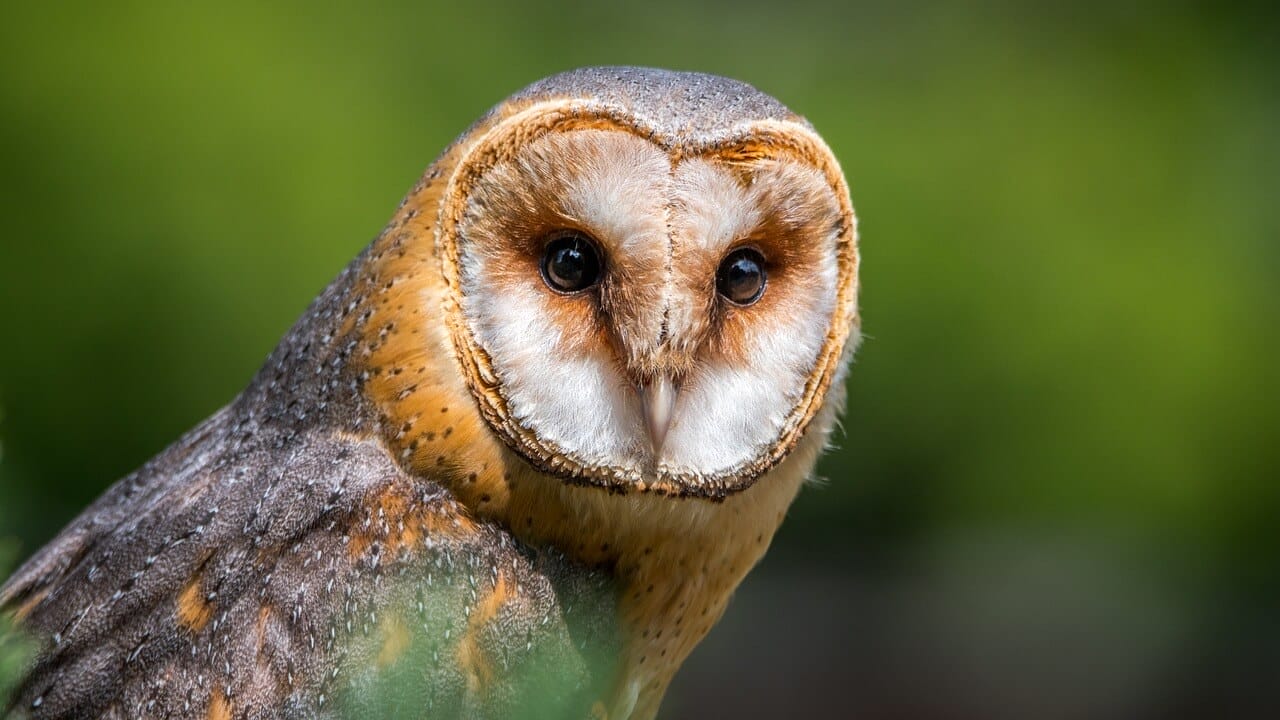Have you ever wanted to attract birds to your backyard? It’s easier than you think! All you need is a little patience and the right sounds.
In this post, we’ll explore how to call birds using a variety of methods, from recorded bird calls to homemade instruments. We’ll also discuss what type of habitat is most attractive to birds and how you can create it in your own backyard.
With a little effort, you’ll be able to enjoy the beauty and serenity of nature right in your own backyard!
Basics of How to Call Birds:
When attempting to call a specific species of bird, it is crucial to research the different sounds and particular calls associated with that species.

For example, if you want to attract a specific type of sparrow, you must use the appropriate sparrow call. Using the wrong call may fail to attract our feathered friends and scare them away.
Related Article: How to Identify Bald Eagle Feathers
Purpose of Making Bird Calls
Bird calling is a fascinating and rewarding activity that allows us to connect with nature in a unique way. The primary purpose of bird calling is to communicate with birds, whether it be to attract them for observation or photography, or to study their behavior and biology.

By mimicking the sounds that birds make, we can establish a rapport with them and gain insights into their world.
Different Types of Bird Calls
There are many different types of bird calls, each serving a specific purpose. Some calls are used for communication between members of the same species, while others are used for territorial defense or mating purposes.

For example, alarm calls are used by birds to warn others in their group about potential danger, while courtship calls are used by males to attract females during breeding season.
One important thing to note is that not all bird calls are vocalizations – some birds use non-vocal sounds like wing beats or bill clicks as part of their communication repertoire. Understanding these different types of calls and sounds is crucial if you want to effectively call birds.
Importance of timing when calling birds
Timing is everything so it’s important to do your research before heading out into the field. Certain times of year – such as breeding season – may be more effective for certain types of calls than others.
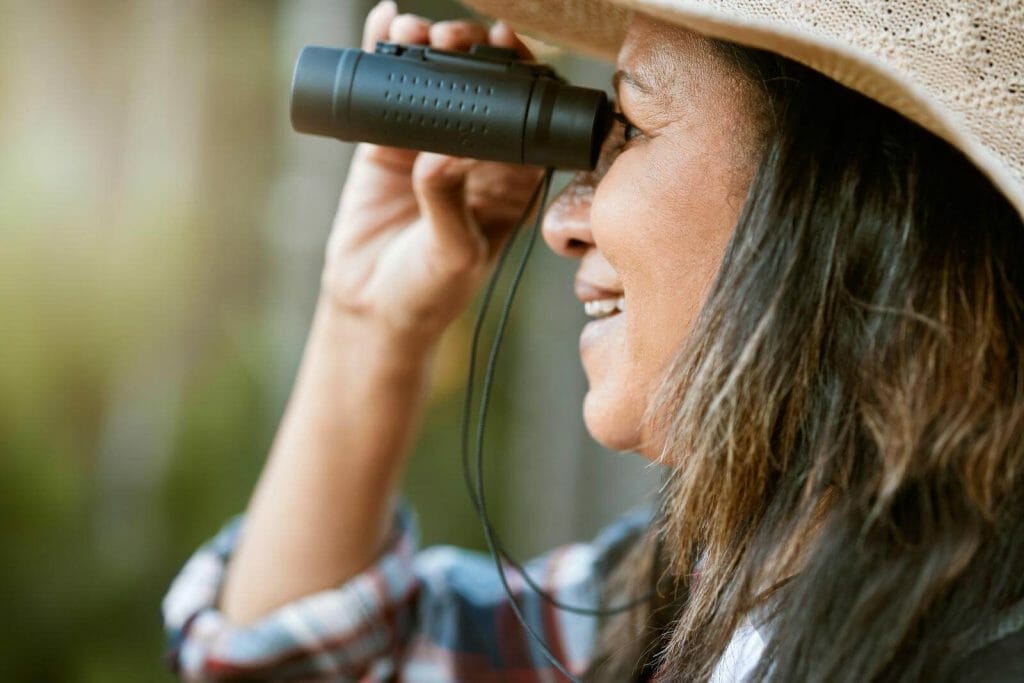
It’s also important to pay attention to weather conditions when planning your bird calling activities. Birds may be less active during periods of extreme heat or cold, so you’ll need to adjust your strategy accordingly.
Practice Bird sounds and be patient
Like any skill, bird calling takes practice and patience to master. It may take several attempts before you’re able to successfully attract the species you’re targeting, so don’t get discouraged if you don’t see results right away.
One effective way to improve your bird calling skills is by listening carefully to recordings of different types of calls and practicing mimicking them.
You can also observe birds in their natural habitat and try to mimic their behavior patterns. People who hunt for birds like turkeys and ducks sometimes make bird noises to lure them in.
Related Article: When do Orioles Come Back to Michigan
Common Bird Calls to Learn and Imitate

Learning bird calls is a great way to connect with nature and observe the behavior of feathered creatures. There are many bird species that have distinct calls, and imitating them can be a fun and rewarding experience for bird enthusiasts.
Here are some common bird calls to learn and imitate.
American Robin’s “Cheerily Cheer-up Cheerio”
The American Robin is a familiar sight in North America, known for its bright orange breast and cheerful song.
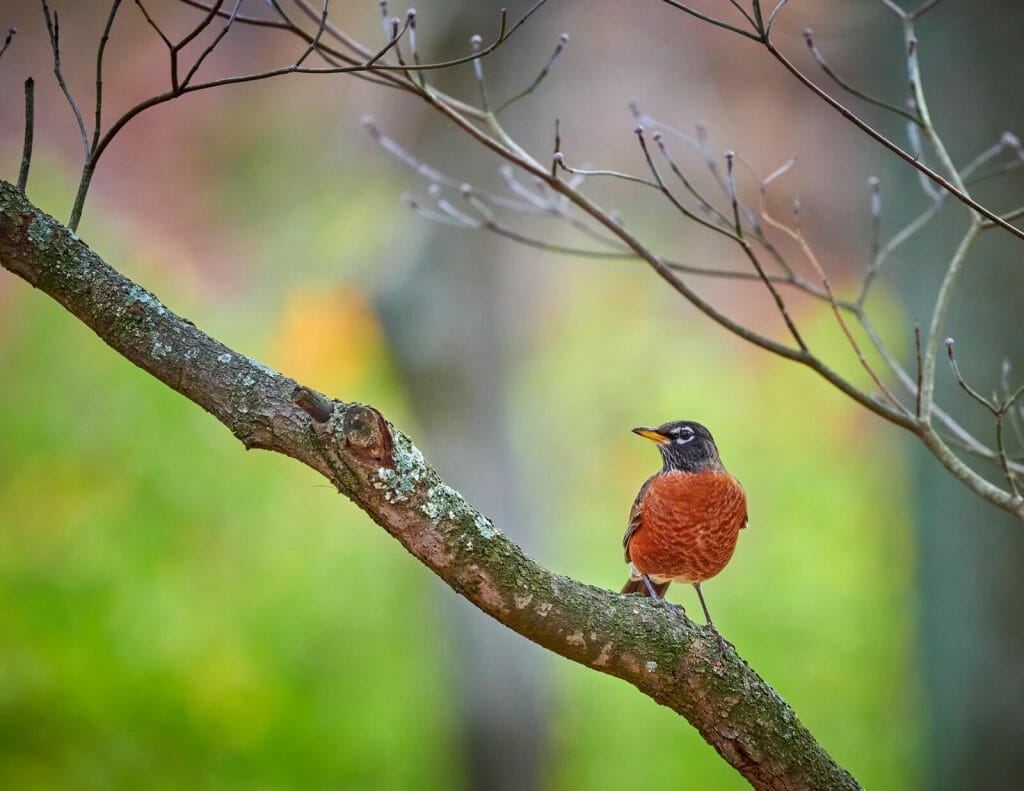
The robin’s call is a series of clear whistles that sound like “cheerily cheer-up cheerio.” This call is often heard in spring when robins are establishing their territories and looking for mates.
Northern Cardinal’s “What-Cheer, What-Cheer, What-Cheer”
The Northern Cardinal is another common backyard bird with a distinctive call. The male cardinal’s song is a series of clear whistles that sound like “what-cheer, what-cheer, what-cheer.”

This call is often heard during the breeding season when males are defending their territory and attracting females.
Black-capped Chickadee’s “Chick-a-dee-dee-dee”
The Black-capped Chickadee is a small, energetic bird found throughout North America. Its call is a series of high-pitched notes that sound like “chick-a-dee-dee-dee.”

This call has different variations depending on the situation – it can be used as an alarm call or to communicate with other chickadees in the flock.
Killdeer’s “Kill-Dee”
The Killdeer is a shorebird found across North America that has a distinctive two-syllable call that sounds like “kill-dee.”

This call can be heard year-round but becomes more frequent during the breeding season when killdeer are establishing territories and nesting.
Mourning Dove’s Coos
The Mourning Dove is one of the most widespread birds in North America, known for its soft, mournful cooing.
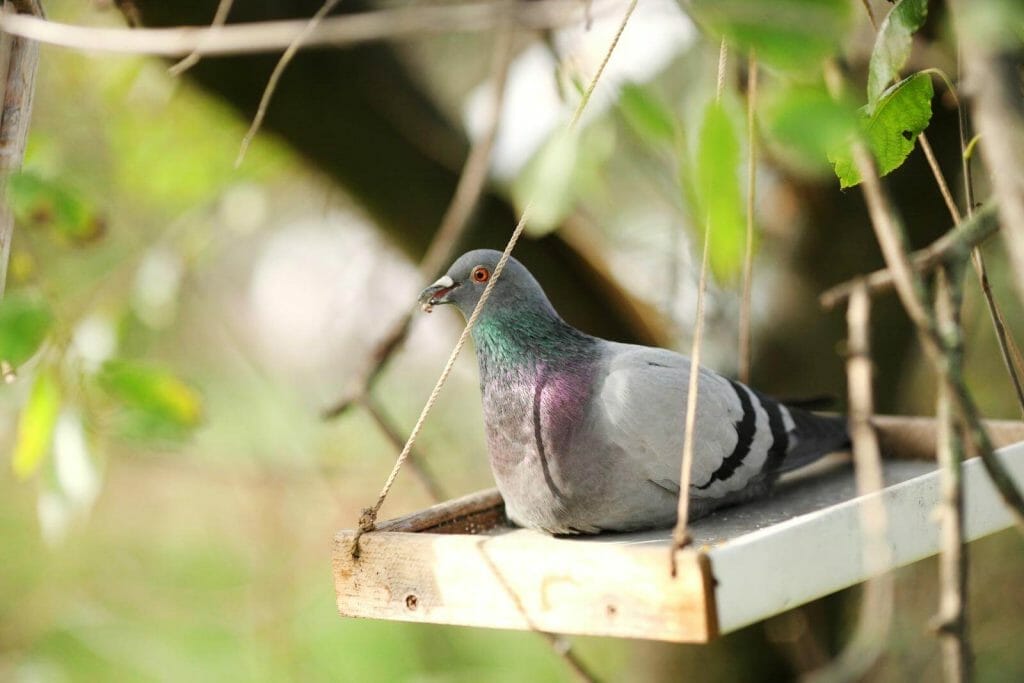
The dove’s call is a series of low-pitched coos that sound like “coo-ah, coo, coo.” This call is often heard in the early morning and evening when doves are most active.
By learning and imitating bird calls, you can attract birds to your backyard or observe them more closely in the wild.
It’s important to note that while some birds may respond positively to imitated calls, others may be indifferent or even aggressive. It’s also important to avoid overusing bird calls as it can disrupt their natural behavior and communication.
Methods for Bird Calling: Cutting, Pishing, and Gobbling
Cutting, Pishing, and Gobbling: Methods for Bird Calling
Cutting, pishing, and gobbling are three methods of bird calling that can attract different types of birds to your location.
Each method mimics a specific sound that birds recognize and respond to. In this section, we will discuss each method in detail.
Cutting
Cutting is a bird calling method that mimics the sound of a bird’s beak snapping a twig. This sound can attract different types of birds to your location, including woodpeckers and nuthatches.
To use this method, you will need two sticks or twigs that you can snap together. Hold one stick in each hand and snap them together quickly to create the sound.
Pishing
Pishing involves making a “psh” sound to mimic the sound of a bird in distress. This method can attract birds such as warblers and chickadees.
To use this method, make the “psh” sound repeatedly while scanning the trees for any movement. Birds may come closer to investigate the source of the distress call.
Gobbling
Gobbling is a turkey calling method that imitates the sound of a tom turkey. This method can attract other turkeys to your location during mating season.
To use this method, cup your hands around your mouth and make a deep-throated “gobble” sound while inhaling air through your nostrils.
Different Types of Birds Respond Differently
It’s important to research the species you want to attract before using any bird calling methods. Different types of birds respond differently to various sounds and calls.
For example, some birds may be attracted by cutting while others may not respond at all.
Providing Food Can Also Attract Birds
In addition to using bird calling methods, providing food such as seed or suet can also attract birds to your location.
Different types of birds prefer different types of food, so it’s important to research the species you want to attract and provide the appropriate food.
Proper Hand Position and Getting the Bird Call Sound
Creating bird calls is a fun and rewarding hobby, but it requires some practice to get it right. One of the most important aspects of creating a bird call is proper hand position.
In this section, we will discuss the importance of hand position in creating the right pitch for bird calls.
Cupping Your Hand to Form a Resonating Chamber
The key to creating a clear and accurate bird call lies in forming a resonating chamber with your hand. To do this, you should cup your hand into a “C” shape, with your fingers close together and your thumb tucked under your palm.
This creates an enclosed space that amplifies the sound as it passes through.
Adjusting Finger Openings for Pitch Control
Once you have formed the basic “C” shape with your hand, you can experiment with different finger openings to adjust the pitch of your bird call. Opening or closing your fingers slightly can make subtle changes in pitch that can help you create more complex bird calls.
It’s important to maintain consistent pressure while blowing into the call to produce a clear sound. If you vary the pressure too much, or if you don’t form a tight seal around the opening of the call, you may not get the desired result.
Whistling with Cupped Hands Technique
Cupping Your Hands: The Technique for Effective Bird Whistling
Cupping your hands is a technique that bird enthusiasts use to amplify their whistles and make them more effective. This technique creates a resonating chamber that enhances the sound of your whistle, making it louder and clearer.
In this section, we will discuss the steps on how to whistle with cupped hands and some tips to help you master this skill.
Forming the U-Shape with Your Hands
The first step in whistling with cupped hands is forming a U-shape with your hands. Place your palms together and curl your fingers inward, leaving a small gap between them. Ensure that the gap between your thumbs is wider than the gap between your other fingers.
This shape creates a resonating chamber that amplifies the sound of air passing through your hands as you whistle.
Experimenting with Hand Shape and Finger Position
Once you have formed the U-shape, experiment with different hand shapes and finger positions to find the best whistle for the bird you want to call.
You can adjust the position of your fingers or change how tightly you are holding them together until you find what works best for you.
Inhaling Deeply Before Blowing into Your Hands
Before blowing into your hands, inhale deeply to ensure that you have enough air to sustain the whistle for as long as necessary.
When blowing into your hands, aim towards the space between your thumbs while keeping a small gap between them so that air can escape freely.
Feeling Air Passing Through Your Lips
With practice, you’ll develop the skill to feel air passing through your lips and adjust the shape of your hands accordingly, producing a range of bird whistles including an owl whistle. Keep practicing until you get comfortable feeling air passing through your lips.
Advanced Techniques for Bird Calling
Different Types of Bird Vocalizations
Bird calling techniques are essential to birders, and mastering different types of bird vocalizations can help attract more birds. Experienced birders often use specific songs to call in certain types of birds.
One type of vocalization is the alarm call, which is used by birds to alert others of potential danger. The alarm call is a high-pitched sound that is repeated several times in quick succession.
Another type of vocalization is the territorial song, which is used by male birds to establish their territory and attract mates. This song is usually more complex than other types of songs and may include trills, whistles, and warbles.
Making Bird Calls Using a Bird Whistle
Using a bird whistle can be an effective way to make bird calls. A bird whistle mimics the sounds made by certain species of birds, making it easier for you to attract them. When using a bird whistle, it’s important to choose the right one for the species you’re trying to attract.
Adding an Additional Tipask
Adding an additional tipask to your bird whistle can create a wider range of vocalizations and attract more birds.
A tipask is a small piece that fits onto the end of your whistle and changes the sound it produces. By experimenting with different tipasks, you can create a variety of sounds that will appeal to different species.
The V4 Parser Tool
The v4 parser tool is popular among birders who want to analyze and improve their calling techniques. This tool allows you to record your calls and analyze them using software that identifies specific frequencies and patterns in your vocalizations.
By analyzing your calls with this tool, you can identify areas where you need improvement and make adjustments accordingly. For example, if you’re having trouble attracting a particular species, you may be able to adjust your technique or try using a different type of call.
Using Sounds to Attract Birds: Best Practices
Variety is the Spice of Life
Using a variety of sounds is key. Different species respond to different types of sounds, so it’s important to research which sounds will work best for the birds you want to attract.
For example, some birds are attracted to high-pitched chirps and whistles, while others prefer low-pitched calls. By experimenting with different volumes and pitches of sounds, you can find what works best for the birds in your area.
Mimic Natural Bird Sounds
One effective way to attract birds is by mimicking natural bird sounds in their environment. This includes calls and songs that are specific to certain bird species. By playing these sounds, you increase the chances of attracting those particular birds.
However, it’s important not to use recorded bird calls as they can disrupt the natural behavior of birds. Instead, try practicing your own imitations or finding recordings of natural bird sounds.
Conclusion
In conclusion, calling birds can be a fun and rewarding activity for anyone who loves nature. By learning the different calls of birds and practicing your own calls, you can attract a variety of feathered friends to your backyard or local park.
Remember to be patient and respectful of the birds, and always follow local laws and regulations regarding birdwatching. So grab your binoculars and give bird calling a try – you never know what kind of avian wonders you might discover!
FAQ
What is making a bird call all about?
Making a bird call is a technique that bird watchers use to attract different bird species. This method uses sounds and calls to get small and larger birds to come near the bird watcher.
How do I make a bird call?
You can make a bird call using various techniques such as pishing, gurgling, or even using your hands to create sounds that mimic bird songs and calls.
How can I attract different bird species to my feeder?
To attract different bird species to your feeder, you can use different types of bird feed during different seasons, such as seeds, suet, or even fruit.
You can also use different kinds of bird calls to attract particular birds that enjoy certain types of food.
What are some techniques for making bird sounds?
Some techniques for making bird sounds include using your hands to create a “whistle,” inhaling and then exhaling, or even making a “pish” or “gurgle” sound that mimics the sounds that birds make in the wild.
How can I identify birds by their sounds?
To identify birds by their sounds, it helps to learn the songs and calls of various bird species.
Taking a birdwatching class or using resources such as bird identification books can be helpful in learning how to identify different kinds of birds by their songs and calls.
How do birds make sounds using their auricular feathers?
Birds have a special set of feathers called auricular feathers that help them to concentrate sound and better hear potential predators or prey.
These feathers are located near the ears and act like a sound funnel to enhance hearing abilities.
What is the best time of day to call birds?
Birds are most active early in the morning, making it the best time to call them.
This is when they are typically searching for food and are more alert to sounds that may indicate a food source.
How can I make sure my bird calls sound authentic?
To make sure your bird calls sound authentic, you should practice making them regularly and listen carefully to the sounds that birds make in the wild.
Pay attention to the pitch, tone, and length of the sounds, and mimic these as closely as possible when making bird calls
What kinds of birds can I attract with my bird calls?
Depending on the techniques and calls used, you can attract a variety of birds, such as songbirds like wrens and finches, as well as larger birds like owls and hawks.
Hunger and alertness of the birds also play a significant role in who comes to your call.
Is it ethical to call birds using bird calls
As long as you are not harming or distracting birds from their natural behaviors, it is generally considered ethical to use bird calls as a way to attract birds.
However, it is important to use bird calls responsibly and not to overuse them in any given area, as this can have a negative impact on the birds and their habitat






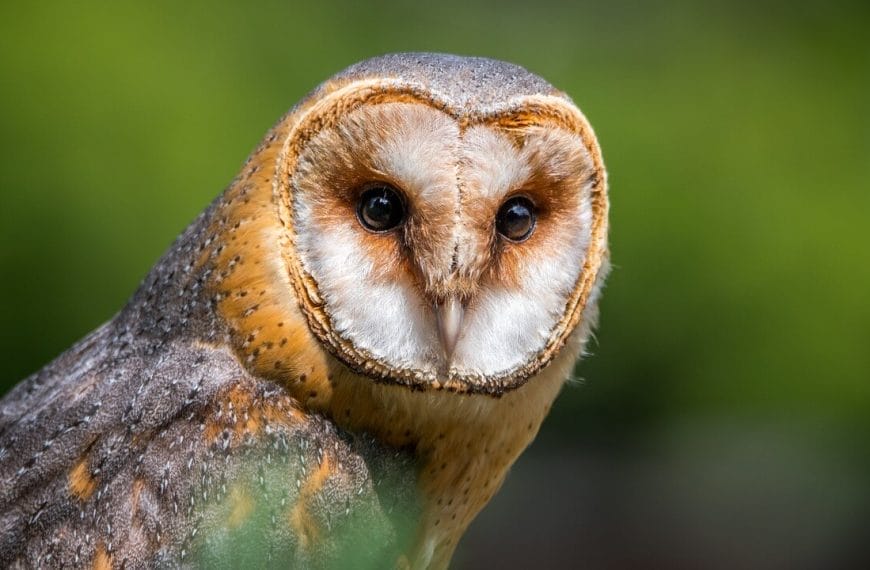



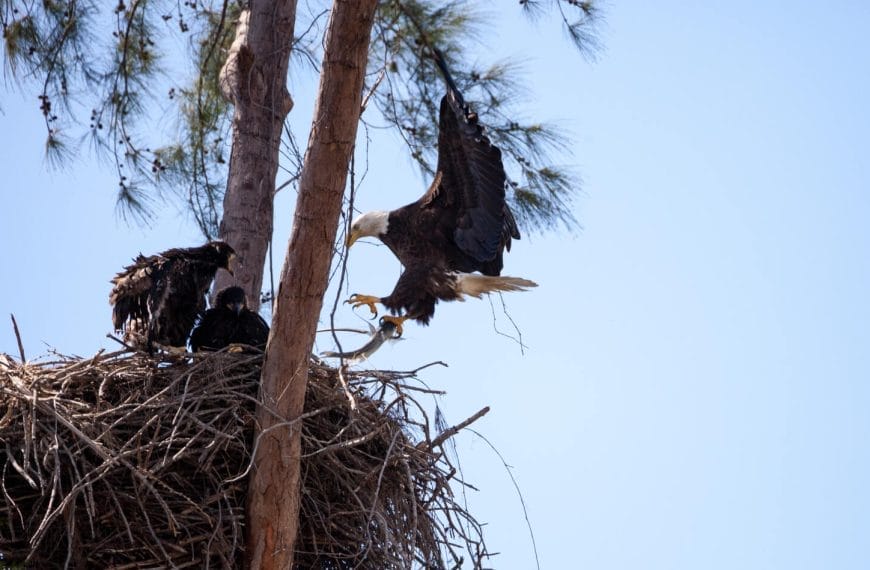

![How to Attract Ravens to Your Yard: The [Complete] Guide to Attracting these Beautiful Birds to your Backyard](https://ekz2dfuukk8.exactdn.com/storage/2023/10/How-to-Attract-Ravens-to-Your-Yard-870x570.jpg?strip=all&lossy=1&ssl=1)

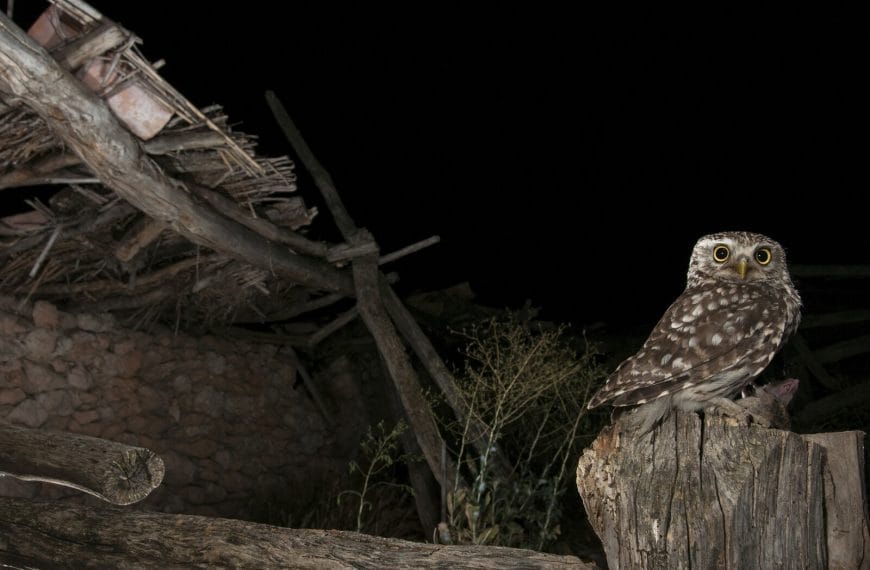





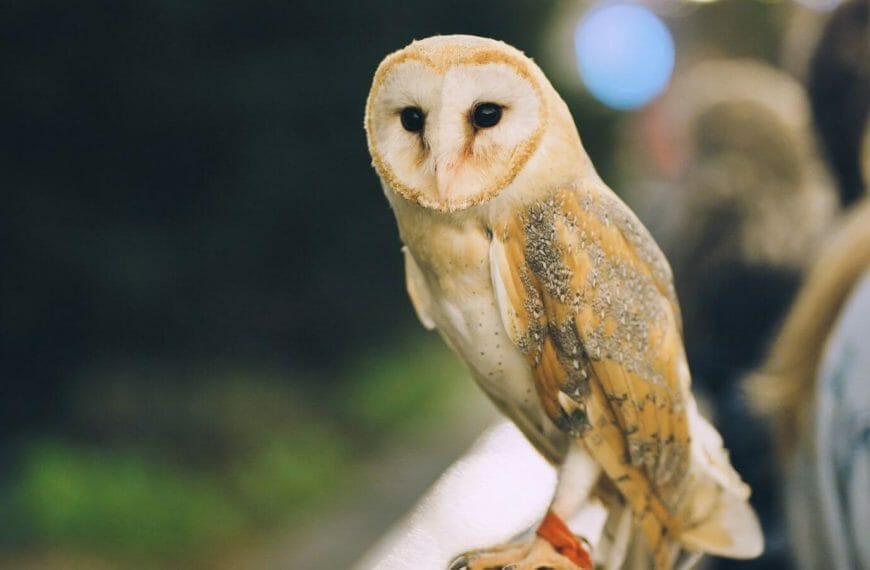
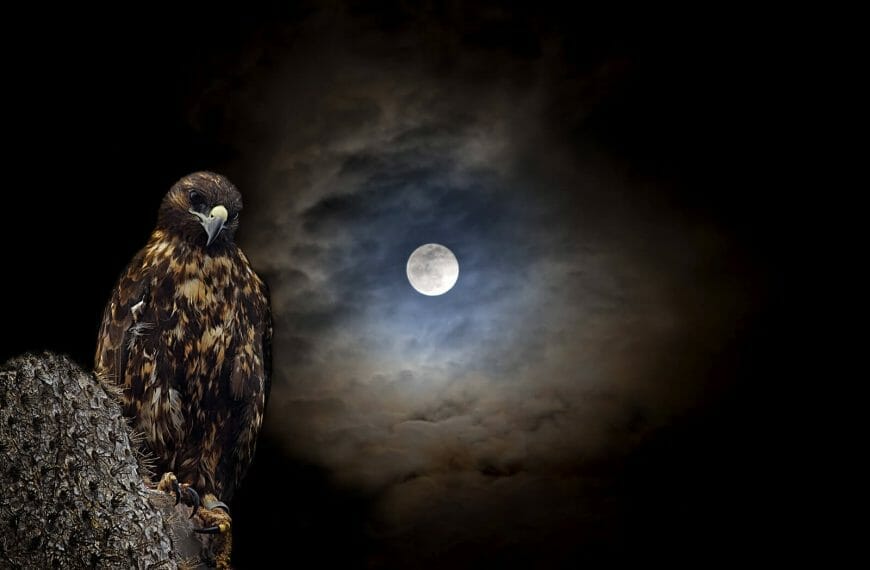

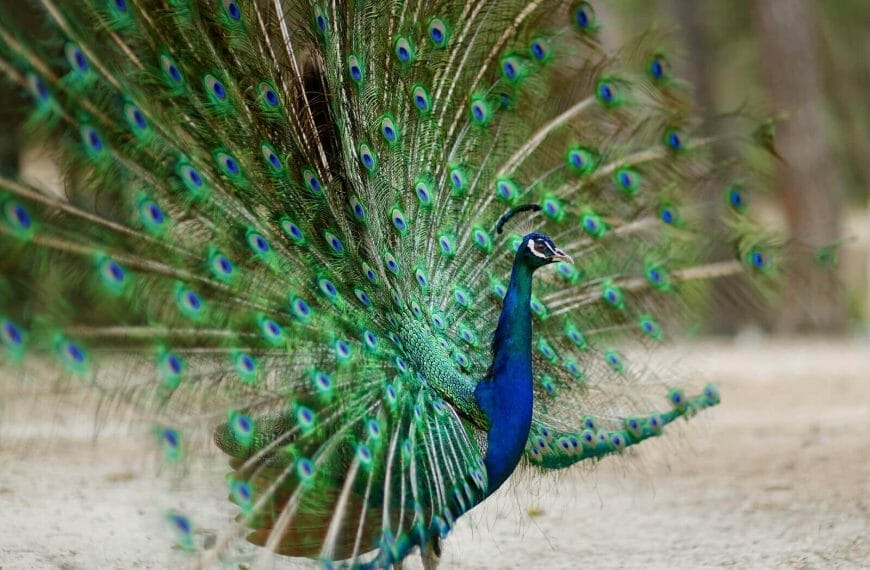



![How to Keep Birds Off Your Boat: Ways and [Best] Deterrents to Keep Birds Away From Your Boat](https://ekz2dfuukk8.exactdn.com/storage/2023/05/how-to-keep-birds-of-your-boat.jpg?strip=all&lossy=1&ssl=1)



